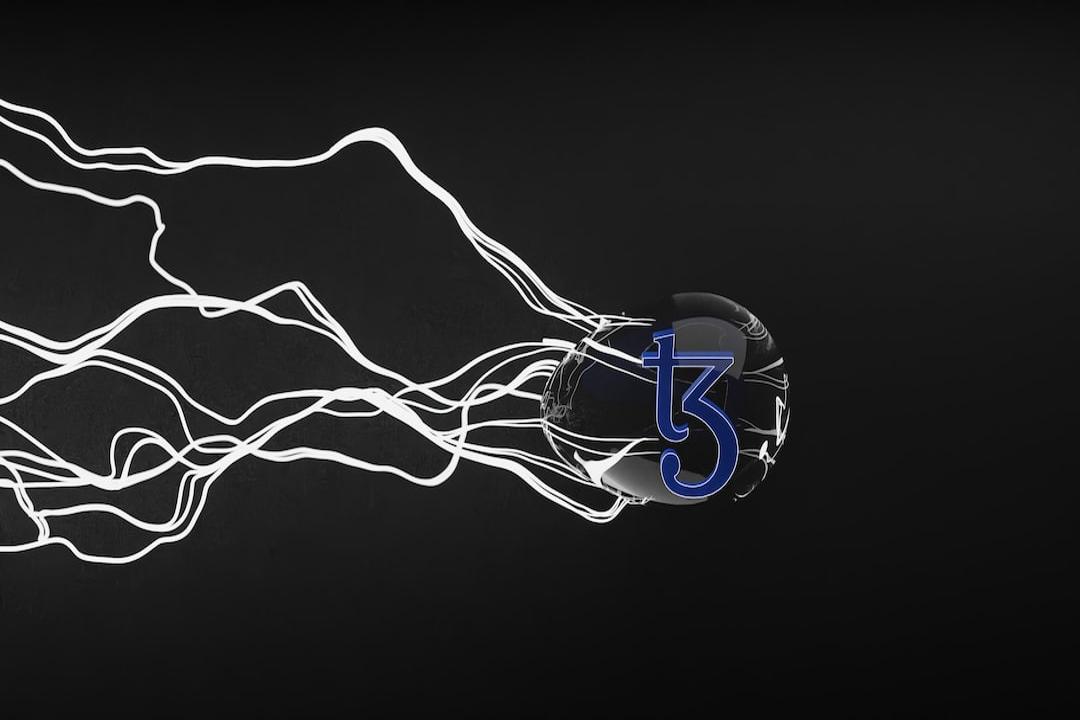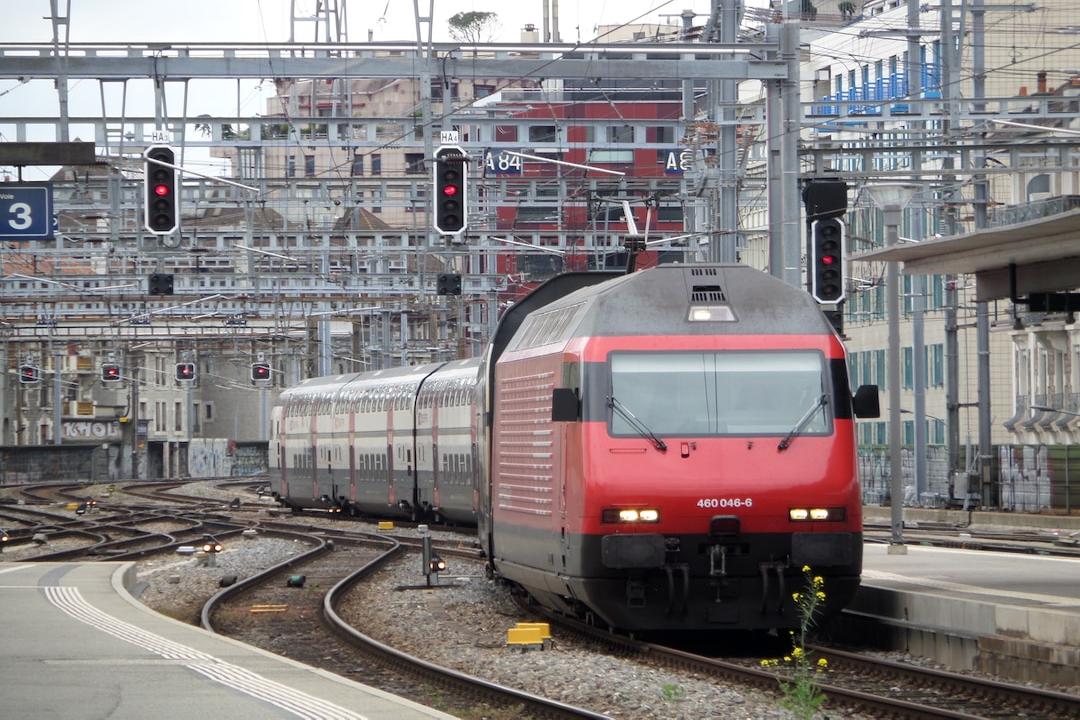Decentralized Social Protocol Farcaster has recently registered over 150,000 users and has become a platform for Ethereum founder Vitalik to post daily life updates. What makes Farcaster unique? What challenges will it face in the future? This article will provide a simple analysis from a product experience perspective.
Table of Contents:
Toggle
Introduction to Farcaster
Interface and Design of Warcaster
Accounts
Posts
Tipping
Architecture and Process of Farcaster
On-Chain and Off-Chain Hybrid Architecture
Farcaster Hubs
Product Strategy of Farcaster
Slow Growth of Decentralized Social Protocol
Farcaster is a decentralized social network built on Ethereum, which allows interaction through various front-end interfaces. Warcaster, on the other hand, is the official front-end interface of the team and the first mobile app with more comprehensive features.
Currently, users who want to experience Warcaster need to pay an annual fee, which is currently $5 per year, as a means of fuel payment on the chain and to reduce fake account issues.




Before using the Farcaster protocol, users need to create a key pair and on-chain address, and establish a Farcaster ID and username to use the service. Farcaster accounts are created through the IdGateway contract, which assigns a new Farcaster ID to the user’s on-chain address.
Although users need to record and keep their private keys when creating an account, if the private key is lost, the account can still be recovered through the email on the Warcaster server.
Similar to Twitter and BlueSky, Warcaster is composed of posts (casts) with character limits and supports functions such as commenting, reposting, and liking.
In addition to regular posts, Farcaster introduced a unique new feature called Frame for posts, which has been highly praised by the crypto community. Frame provides users with more diverse post formats and supports various interactive designs. In addition to basic voting and video sharing, users can further complete token airdrops, NFT minting, and in-app shopping.


Users can open card packs within the app using Frame.
In the Warcaster app, users can create channels or tip using the in-app token called Warps. To purchase Warps, users can link to Coinbase Commerce through email to buy cryptocurrencies.


Email purchase link for Warps.
The underlying architecture of Warcaster is the Farcaster protocol, which is a hybrid on-chain and off-chain architecture. Identity is stored on-chain, while user post content and other data are stored off-chain by Farcaster Hubs.
Recommended reading:
It’s Not Just About Blockchain! How Stateless Infrastructure Brings Efficient Decentralized Networks
When performance and cost are more important, or when strict consistency is not required, Farcaster usually uses off-chain methods to store information. However, the off-chain system still ensures security through user signatures. On-chain execution is only used when security is of paramount importance, such as for user accounts and usernames, which are recorded on-chain. Farcaster’s main account logic is currently built on the Optimism mainnet, and Frame’s on-chain operations can also be connected to the Ethereum network.


Diagram of Farcaster protocol architecture
(Source)
On-chain servers are essentially blockchain nodes, while off-chain operations are handled by Farcaster Hubs, which are also decentralized infrastructure. Each hub stores a copy of all Farcaster data, and external parties can access this data through APIs.
With the above architecture, the lifecycle of uploading a post on the Farcaster protocol is as follows:
1. Alice creates a new post.
2. Alice signs the message with her account key.
3. Alice uploads the message to a Farcaster Hub.
4. The Farcaster Hub checks the validity.
5. The Farcaster Hub transmits the information to other hubs through the gossip protocol.


Message processing flow in Farcaster Hub
(Source)
Anyone can run a hub on a laptop or cloud server, but the Farcaster team does not provide rewards to hub operators and has no plans to do so. Although Warpcast currently provides a small reward to hub operators, these rewards may be discontinued in the future, and it is expected that hub operators will operate independently by charging for storage space.
Compared to other traditional decentralized social protocols such as Mastodon, Misskey, and PeerTube, Farcaster combines blockchain with its product, providing native tipping, token distribution, and on-chain integration. This positions Farcaster closer to the Ethereum community and offers more diverse post interactions and on-chain integration, showcasing the potential future applications of token-integrated services.
Recommended reading:
What is the Metaverse? How Can Web3 Accelerate the Development of Decentralized Social Protocols?
If we further classify the decentralized social protocols in the blockchain ecosystem, Farcaster, along with Lens Protocol, is more oriented towards the Ethereum community, providing more diverse post interactions and on-chain integration, demonstrating potential future application scenarios for token-integrated services. In contrast, Bluesky and Nostr are more similar to the Bitcoin community, with simpler functions and designs.
Farcaster has even gained the favor of Vitalik and often posts daily life updates on the platform, indicating its influence within the Ethereum community.
Farcaster, although not significantly different from other decentralized social protocols in terms of usage and interface arrangements, provides a more comprehensive experience compared to other applications and should be more competitive.
However, like most decentralized social protocols, Farcaster still faces the challenge of high user migration costs. Despite its good service, it still falls far behind Twitter. Therefore, most people still prefer to stay on Twitter.
If a new product is not ten times better than existing ones or does not have other advantages, the cost of migration for users will be greater than the value of trying it out. This makes it difficult to promote the growth of the product, which will be a challenge for Farcaster in the future.
However, by combining the functionalities and business models created by blockchain, whether it can become another advantage and test the Farcaster team’s ability to quickly find killer applications and achieve real product-market fit is yet to be seen.
Farcaster
Farcaster Hubs
Vitalik
Warcaster
Decentralized Social Protocol

